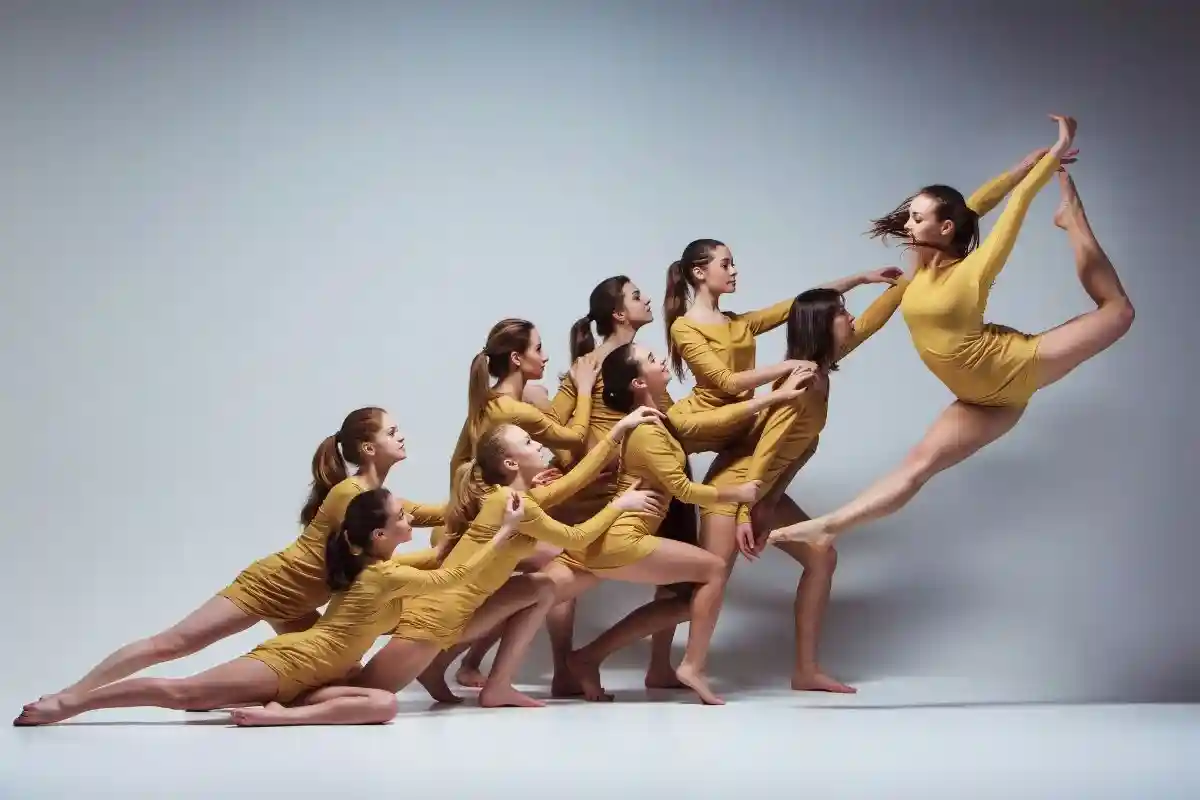In today’s fast-paced digital world, technology has revolutionized almost every aspect of our lives, including the fashion industry. From smart fabrics to virtual fashion shows, the integration of technology in fashion has opened up a world of possibilities and transformed the way we create, consume, and experience fashion. In this article, we will delve into the exciting ways in which fashion and technology intersect, and explore the top trends shaping the future of this dynamic industry.
1. Wearable Technology
One of the most prominent areas where fashion and technology converge is in the realm of wearable tech. These innovative garments and accessories blend style with functionality, incorporating sensors, microchips, and other advanced technologies. From fitness trackers and smartwatches to smart jewelry and even smart shoes, wearable tech is revolutionizing how we monitor our health, stay connected, and express our personal style.
2. Virtual and Augmented Reality
Virtual and augmented reality technologies have made a significant impact on the fashion industry, particularly in the realms of retail and marketing. Virtual reality allows customers to virtually try on clothes and accessories, providing a more immersive and interactive shopping experience. Augmented reality, on the other hand, enables users to superimpose virtual elements onto the real world, allowing them to visualize how certain garments or designs would look on them before making a purchase.
3. 3D Printing
3D printing has become a game-changer in various industries, and fashion is no exception. This technology enables designers to create intricate and customized garments, accessories, and even footwear, with unparalleled precision and efficiency. From avant-garde fashion pieces to personalized jewelry, 3D printing allows for endless possibilities in terms of design, sustainability, and production.
4. Smart Fabrics
Smart fabrics, also known as e-textiles or electronic textiles, incorporate conductive materials and electronic components into the fabric itself. These fabrics can sense and react to external stimuli, such as temperature, movement, or touch, making them ideal for applications in sports, healthcare, and even fashion. Smart fabrics can be used to create garments that adjust their temperature, change color, or even monitor vital signs, revolutionizing the way we interact with our clothing.
5. Sustainable Fashion
The fashion industry has long been criticized for its negative impact on the environment. However, technology is playing a crucial role in driving sustainability in fashion. From innovative materials made from recycled or organic sources to advanced manufacturing processes that minimize waste and reduce carbon footprint, technology is enabling the fashion industry to become more eco-friendly and socially responsible.
6. Data Analytics and AI
Data analytics and artificial intelligence are transforming various industries, and fashion is certainly no exception. By analyzing vast amounts of data, AI algorithms can predict fashion trends, optimize supply chain logistics, and personalize the shopping experience. From personalized recommendations to virtual stylists, technology is revolutionizing how we discover and engage with fashion.
7. Fashion Tech Startups
The intersection of fashion and technology has given rise to a thriving ecosystem of fashion tech startups. These innovative companies are pushing the boundaries of fashion through their groundbreaking ideas and solutions. From fashion rental platforms to virtual fashion assistants, these startups are reshaping the industry and offering exciting opportunities for those passionate about both fashion and technology.
Conclusion
The fusion of fashion and technology is revolutionizing the way we create, consume, and experience fashion. From wearable tech and virtual reality to 3D printing and smart fabrics, the possibilities are endless. As the industry continues to evolve, professionals with a strong understanding of both fashion and technology will be in high demand. Whether you aspire to become a fashion technologist, a data analyst, or a fashion tech entrepreneur, staying at the forefront of these trends will be crucial to your success in this dynamic industry.
Key Takeaways:
- Fashion and technology intersect in various ways, including wearable technology, virtual and augmented reality, 3D printing, smart fabrics, data analytics and AI, and the rise of fashion tech startups.
- Wearable technology blends style and functionality, incorporating sensors and advanced technologies into garments and accessories.
- Virtual and augmented reality technologies enhance the shopping experience by allowing customers to virtually try on clothes and visualize designs in real-world settings.
- 3D printing enables designers to create intricate and customized fashion pieces with precision and efficiency.
- Smart fabrics incorporate conductive materials and electronic components, revolutionizing the way we interact with clothing.
- Technology is driving sustainability in fashion through innovative materials and manufacturing processes that minimize waste and reduce environmental impact.
- Data analytics and AI algorithms optimize supply chain logistics, personalize the shopping experience, and predict fashion trends.
- Fashion tech startups are reshaping the industry with groundbreaking ideas and solutions, offering exciting opportunities for those passionate about fashion and technology.
To stay relevant in this evolving industry, it’s crucial to stay informed and continuously update your knowledge and skills. Consider enrolling in the “Parsons Fashion Industry Essentials” online course and certificate program offered by Yellowbrick. This comprehensive program will provide you with a deep understanding of the fashion industry, including the impact of technology, and equip you with the necessary skills to thrive in this dynamic field. Embrace the intersection of fashion and technology, and unlock endless possibilities for your future career.




